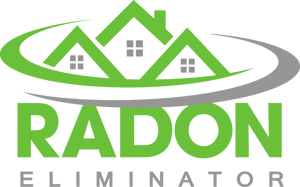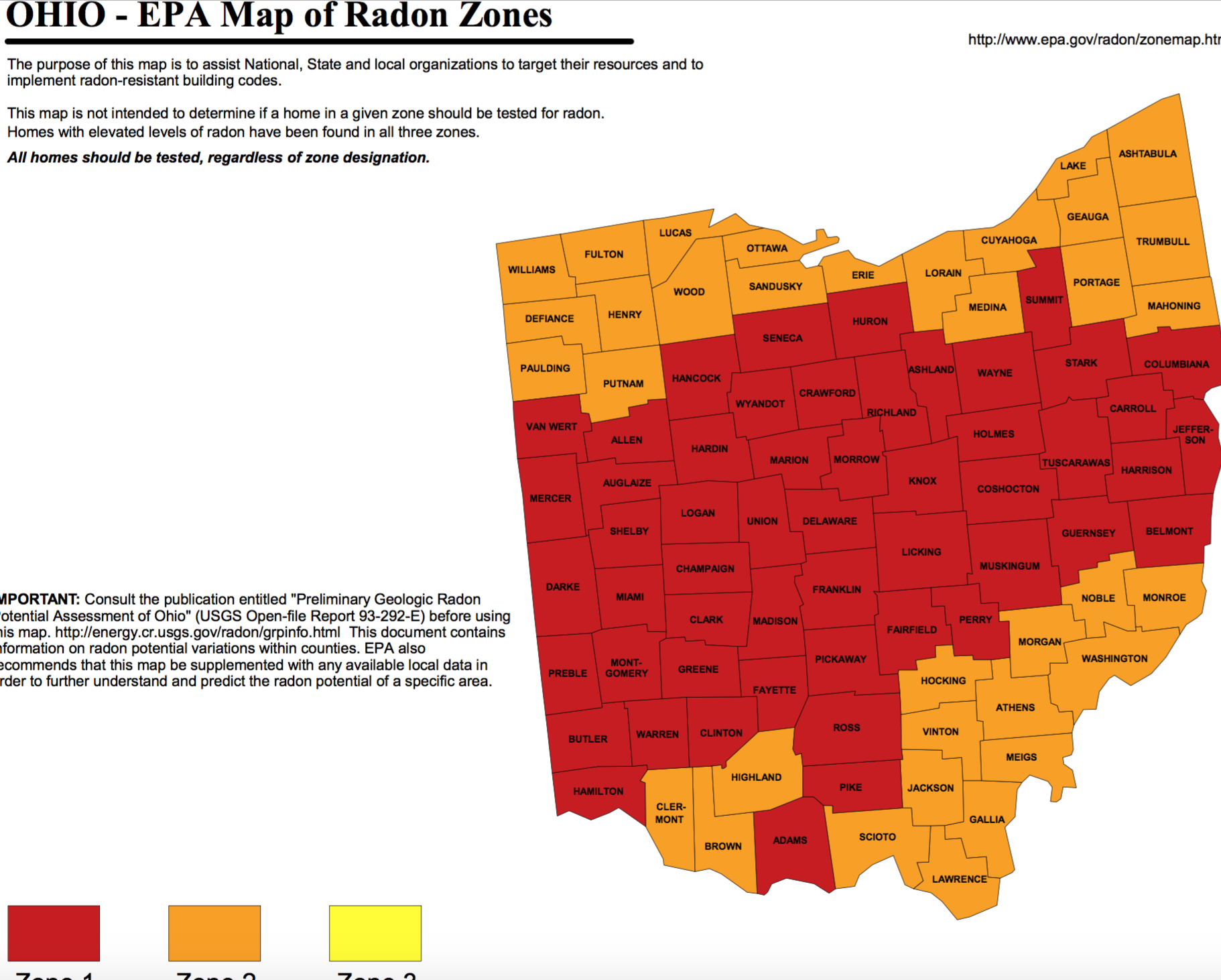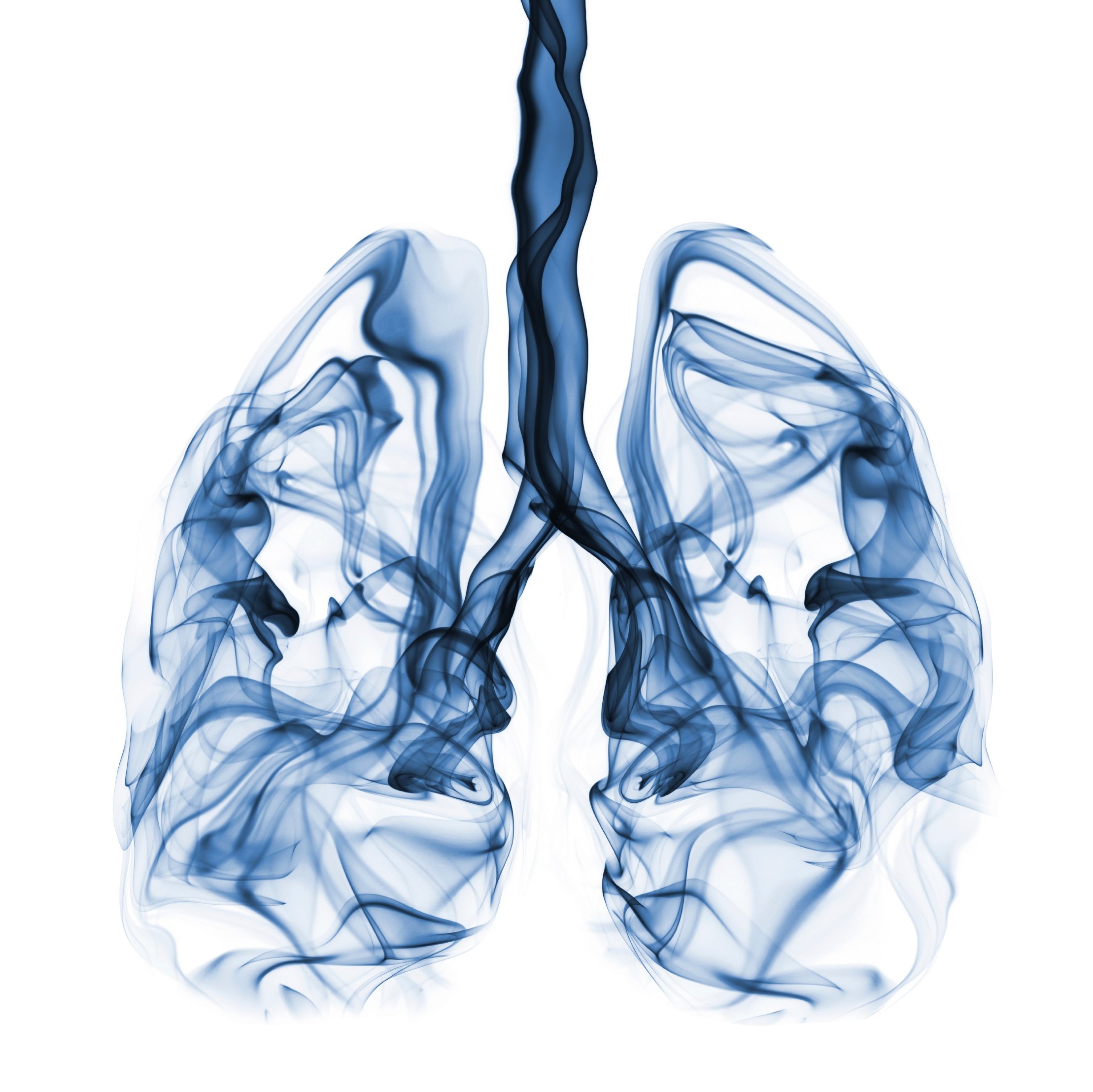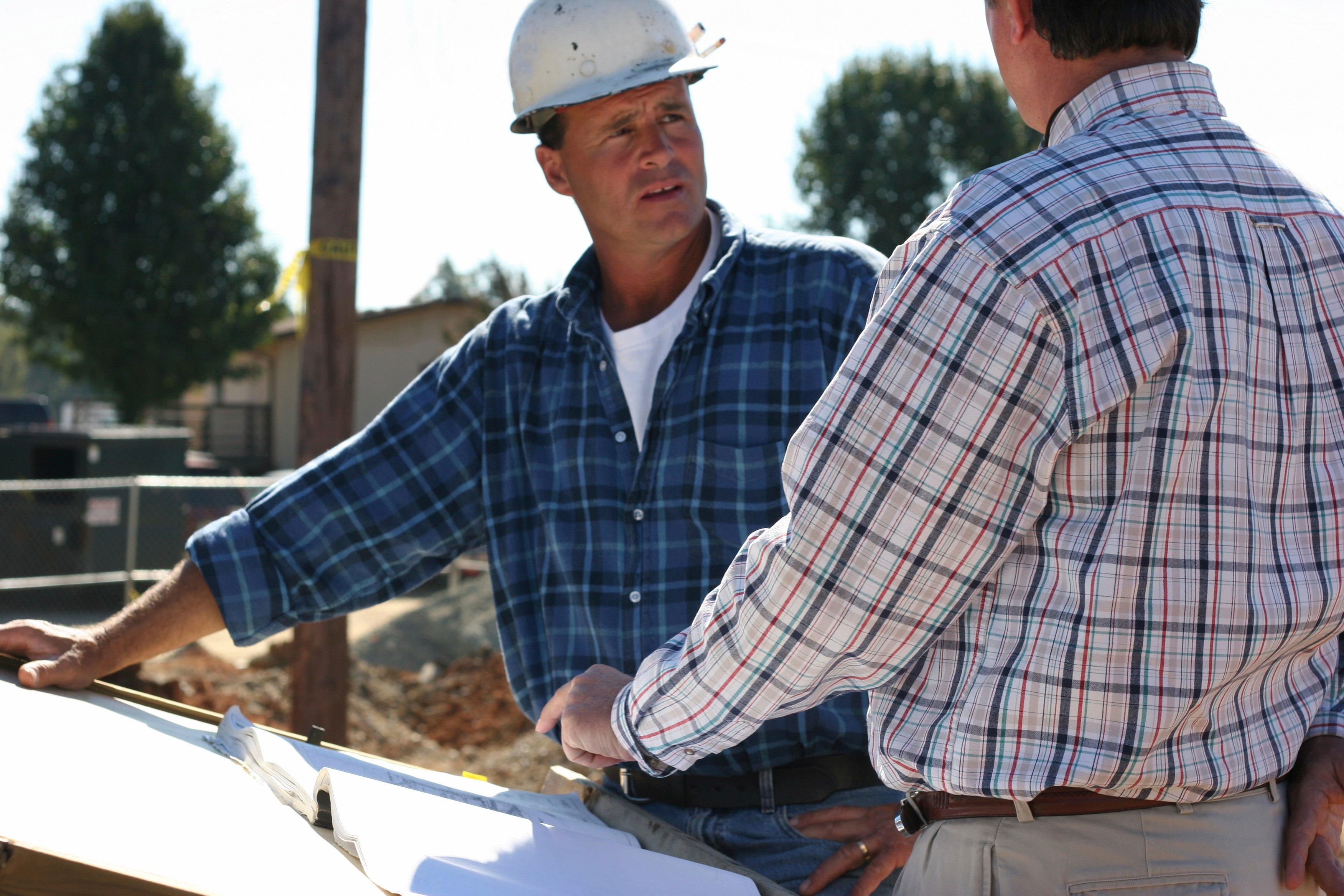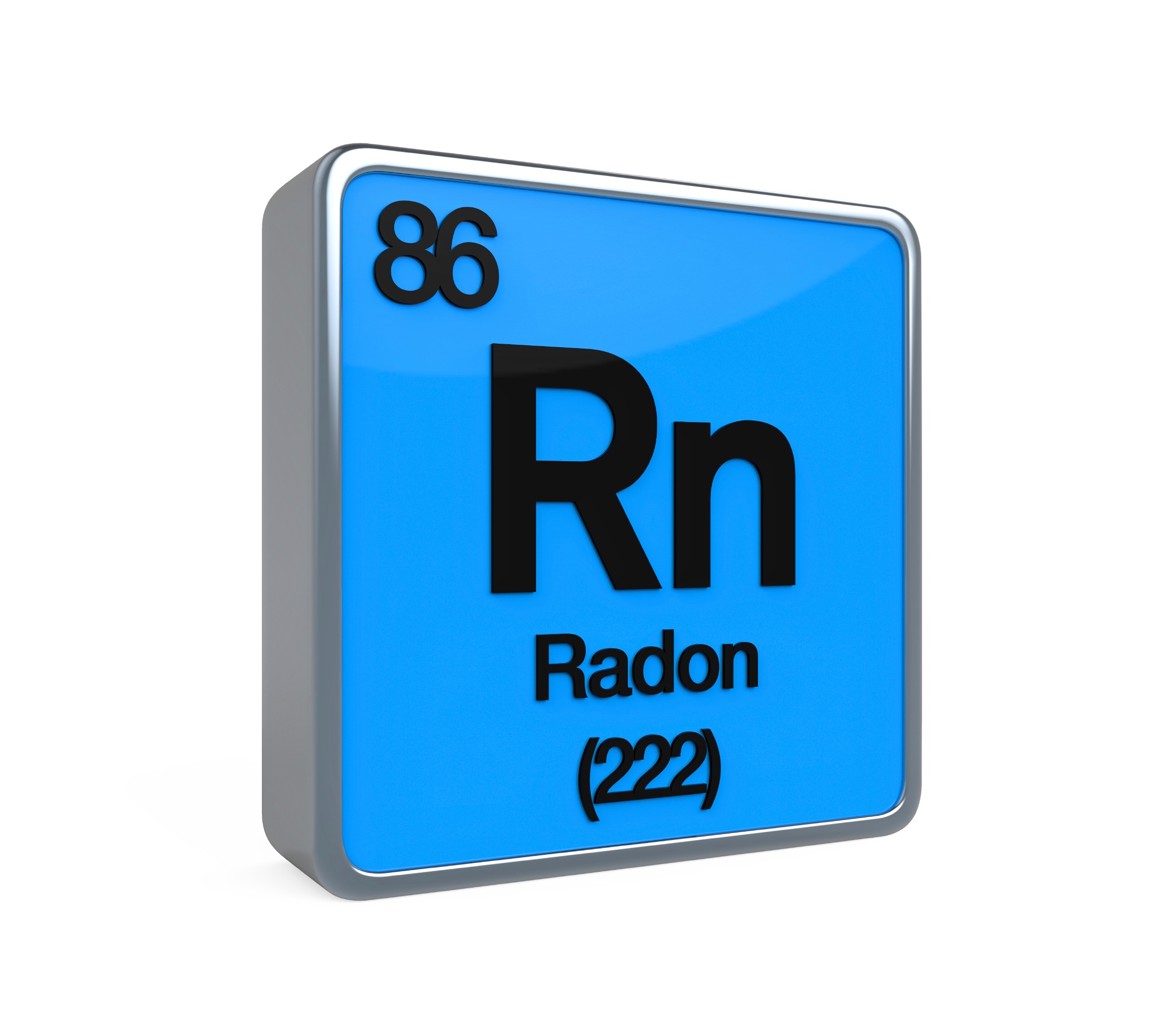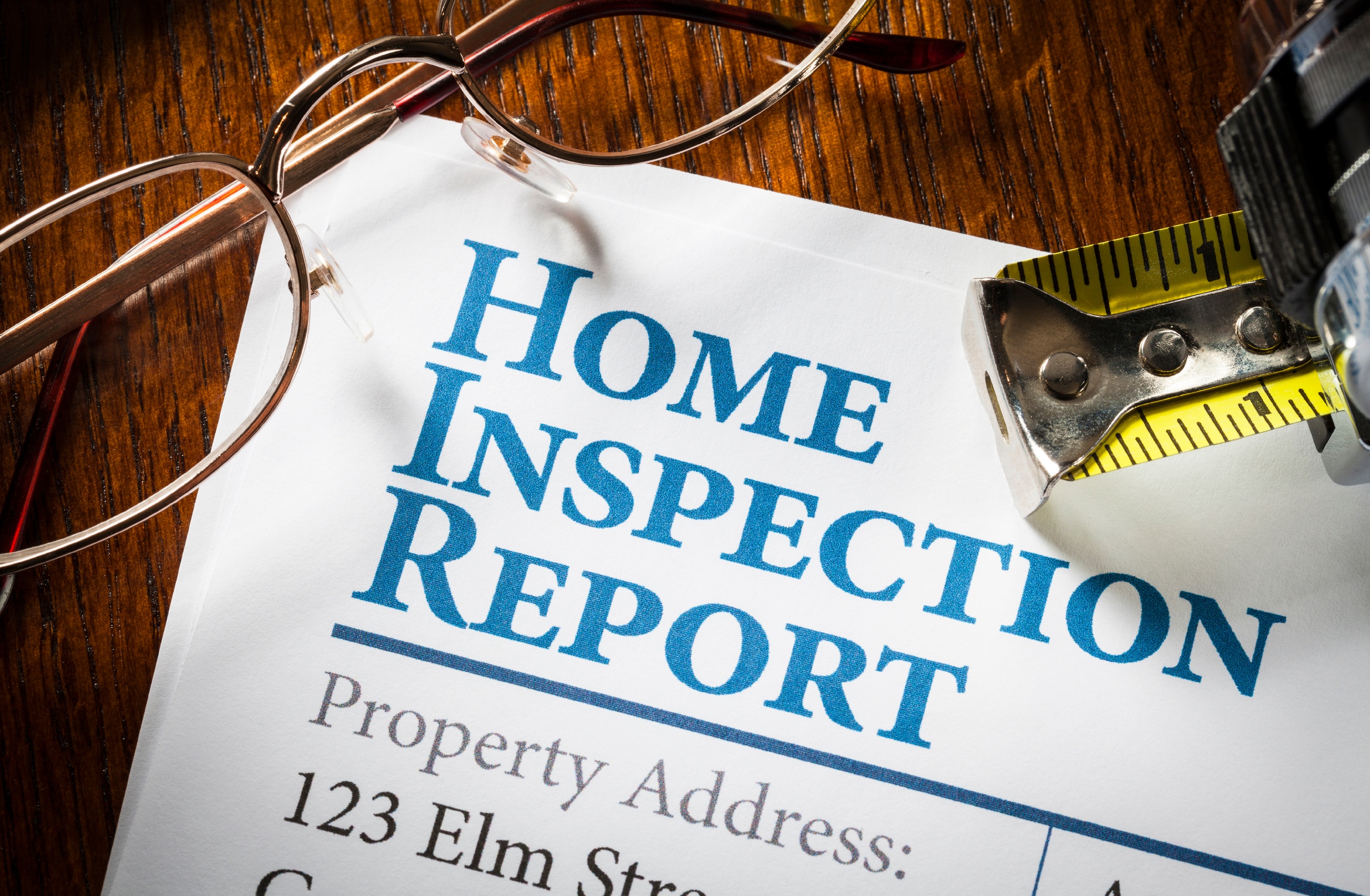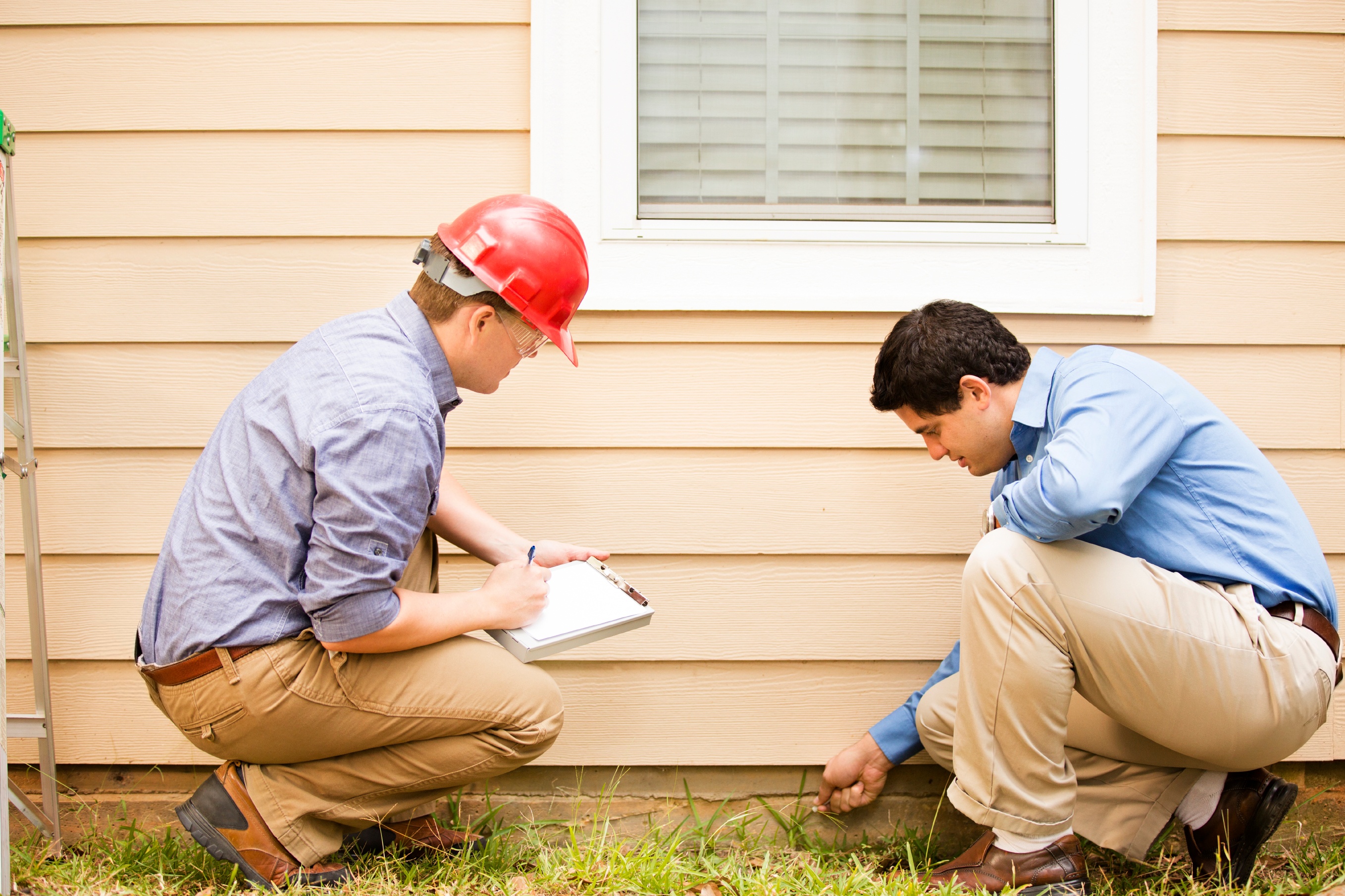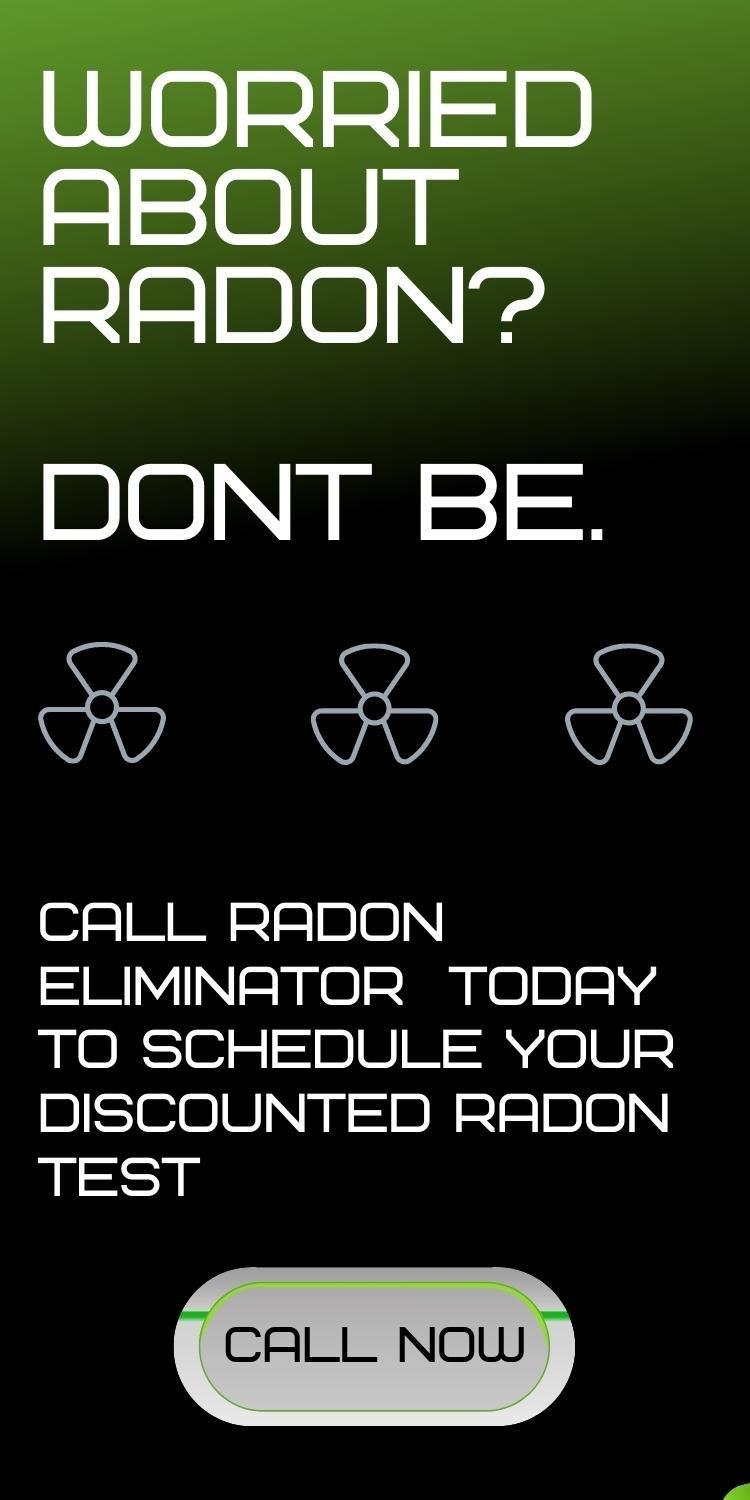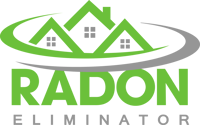January Is Radon Action Month
The Environmental Protection Agency (EPA) has designated January as Nation Radon Action Month. Radon is the second leading cause of lung cancer in the United States, and the leading cause among non-smokers. Risk of lung cancer is especially high for people who do smoke and are also exposed to high levels of Radon Gas.
Want more reasons for taking care of your potential radon problem? Read our blog post: "Top 5 Reasons You Should Test Your Home for Radon."
Many people have know idea what Radon Gas is. Radon is a colorless, odorless, radioactive gas. Radon gas is naturally created from the decay of radioactive elements, such as uranium, which is found in different amounts in soil and rock throughout the world. Radon is extremely prevalent in areas with large levels of granite concentrations. Radon Gas in the soil and rock is released into the air and into underground water and surface water through the natural half-life decay process.
The break down of Radon into solid radioactive elements is called radon progeny. Radon Progeny attaches itself to dust and other airborne particals that can be absorbed into the lungs through respiration. During the break down process, they give off radiation that damages the DNA inside the body's cells. Continued exposure to high Radon levels causes these radioactive cells to replicate in a process called mutagenesis, this process deeply affects cellular activity within lung tissue and causes an increase in the chance of contracting lung cancer.
Here are a few steps you can take during Radon Action Month:
- Test Your Home For Radon: A specialist from our Radon Eliminator Staff will come to your home and set up a Radon Test at a Discounted Price.
- Have A Radon Mitigation System Installed In Your Home: If your home tests high for radon gas, take action and have a radon mitigation system installed in in your home. Radon mitigation is the process used to reduce Radon gas concentrations in the breathing zones of occupied homes.
- Spread The Word: During Radon Action Month, encourage others to have their homes tested for Radon. Educate your family and friends about the health risks of high levels of Radon Gas.
Radon Gas carries risk, even at or below the recommended action level. The risk of lung cancer will increase with a higher long-term average of radon gas levels. According to the EPA, radon mitigation can eliminate up to 99 percent of radon from your home.
Radon Eliminator is taking action this month by providing Discounted Home Testing or Free Mitigation Quotes. It is our goal to educate as many people as possible about the dangers of Radon Gas levels in homes. Click on the link below for a Discounted Radon Test.

